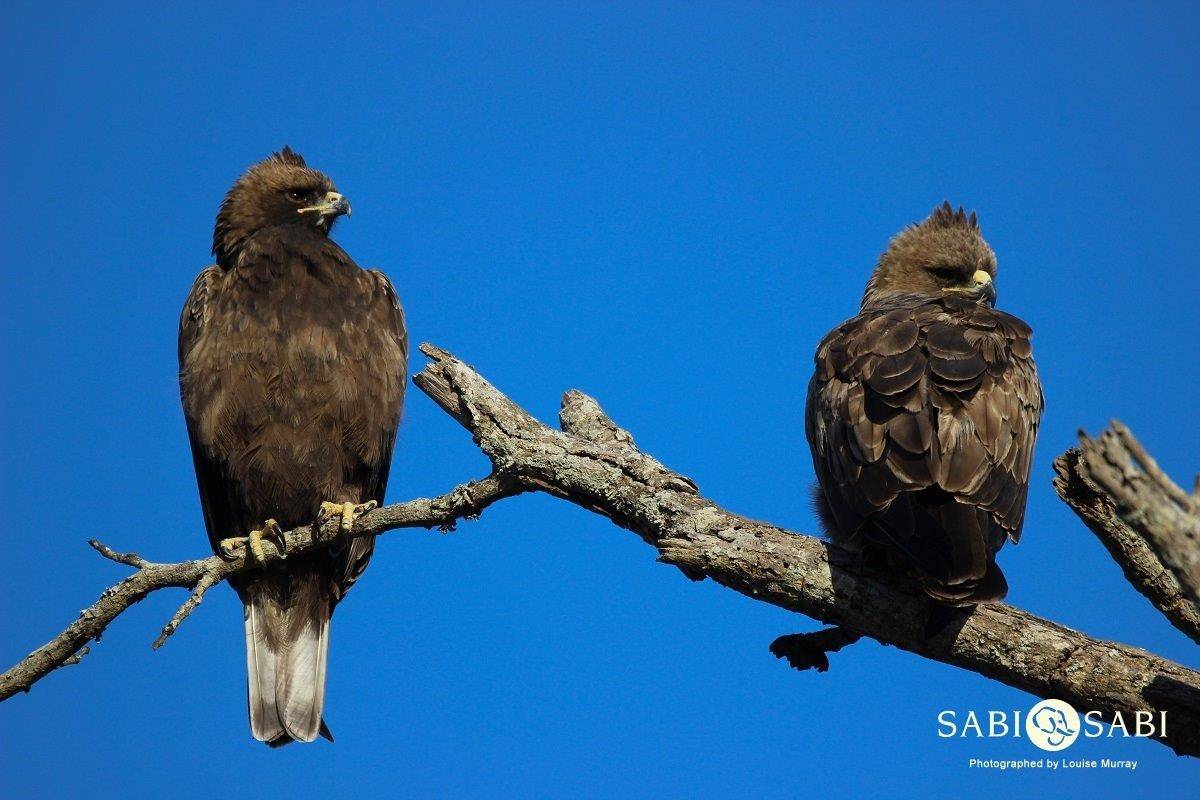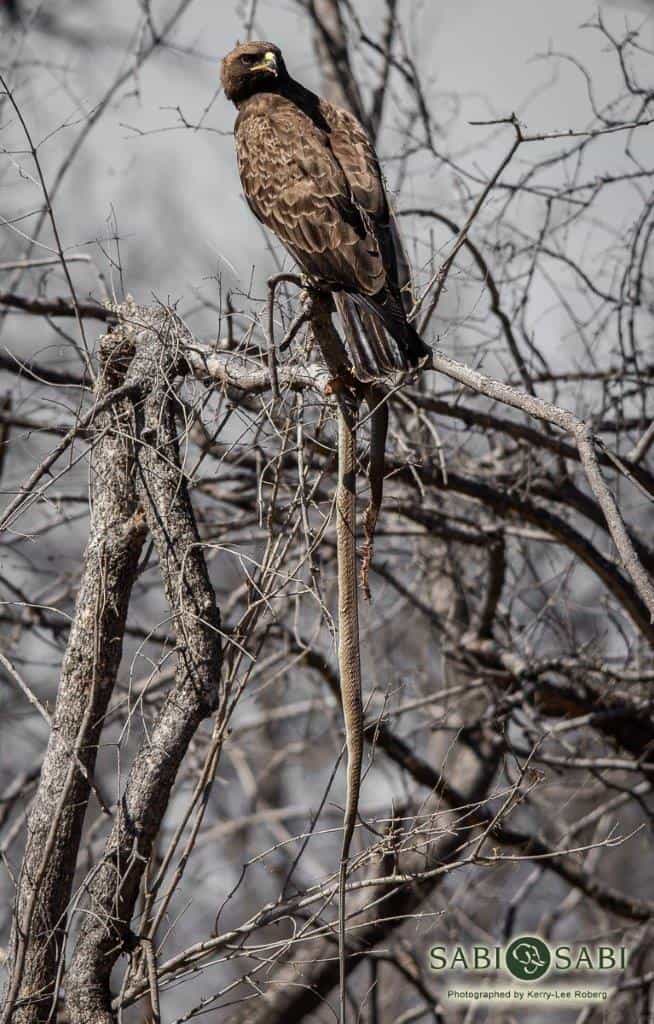Wahlberg’s Eagle
on May 03, 2019Species name: Wahlberg’s Eagle
Scientific name: Hieraaetus wahlbergi/ Aquila wahlbergi
Weight: Male: 1,0 kg - Female: 1,3 kg
Shoulder Height: 55-60cm
Wingspan: 1.3-1.5cm
General Habitat: Well wooded Savanna also cultivated areas with tall trees.
Diet: Carnivores - Small mammals, smaller birds, reptiles, amphibians, some insects.

Sabi Sabi Private Game Reserve is definitely the place to come if you are interested in seeing this stunning bird of prey. The Walhberg’s Eagle is what as knows as an inta-African migrant, which means these birds of prey migrate from one area to another within Africa to breed. Arriving for their stay between August and September and departing between March and April, these are the months to come and witness these special birds.
Here on the reserve we have noticed a few nesting sites scattered around that will be used every year by the Walhberg’s Eagles. Monogamous, with a strong mate fidelity between years, you will most often see two together, but have also known to be seen singly if a mate has not yet been found.
The pair will build the nest together, with the female as the predominate incubator. They are solitary nesters and are territorial. The nest will be built (if not reused) within days of arrival, generally talking 4-6 weeks. Pairs have also been known to have 1-5 nest sites per territory. The female will normally lay 1 egg, rarely 2, with an incubation period of 44-46 days. The chick will then be fully feathered by 6 weeks and self-feeding by 4-5 weeks.
If you are not seeing these magnificent birds perched on tree canopies you will notice them spending much time soaring over territories. Wahlberg’s Eagles are known to hunt together (co-operatively), especially if it is to target a nest of smaller birds. One will scare off the parents while the other snatches the young. They will also target smaller mammals, reptiles, and amphibians. You may also notice that these birds, like most, will be attracted to veld fires as it is easy to notice prey that will be disturbed by the fire.
As common as these birds of prey can be, here are some pointers to look out for when trying to identify them. A smallish brown bird with a large gape with a small crest on the head. You may also hear your guide talking about “true eagles”, that is when the feathers on an eagle will extend all the way down the leg, this is the case in a Wahlberg’s Eagle. Here is the tricky part, these birds are known to have variations in colours, mostly 3, which can be referred to as colour morphs.
- Ad dark morph – head dark brown, crown slightly paler
- Ad intermediate morph - as dark morph but head slightly darker than body
- Ad pale morph - head and neck mainly creamy white with blackish streaks on crown and around eye. (we are fortunate enough to see a few of these pale morphs at Sabi Sabi).
My Memorable Sighting
I had one not so long ago. It wasn’t anything too exciting, but I was driving past and noticed a mating pair sitting together on a branch, they were grooming one another – a process known as alo-grooming or alo-preening. It was a tender moment as they didn’t take any notice of me and continued to go about their ways. A lovely way to admire these stunning birds of prey.
Photo Content
















